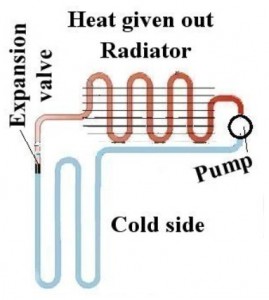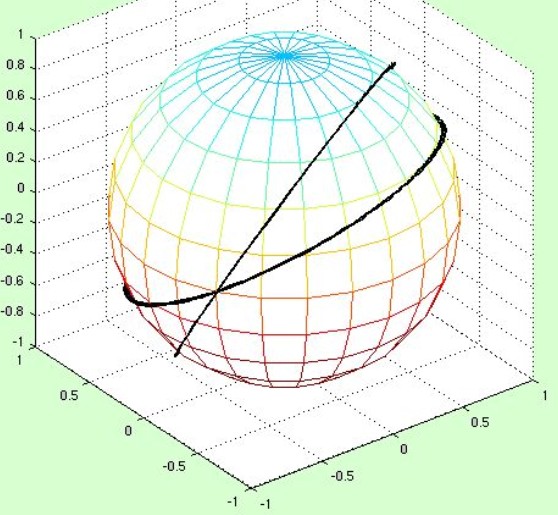Mathematician: I’m glad you asked. The theory of evolution with natural selection sheds some light on the question of why humans exist, which in turn relates to the meaning of life. First of all, let me get this out of the way: while evolution is still called a “theory”, it has a tremendous amount of evidence in support of it (including gradual transitions in the fossil record, radiocarbon dating, DNA analysis, laboratory experiments, etc.) and, as biologist Richard Dawkins is known to say, it is only a theory in the sense that the “theory of gravity” is a theory. From a scientists perspective, evolution is a fact. But what does that have to do with the meaning of life? Well, evolution tells us that human beings share a common ancestor with apes, not to mention with pigs, dogs, cats, rats, plants, and bacteria. If historically the conditions on earth had been very slightly different than they were, the best traits for survival would have been different also, and therefore we would expect that some other species besides humans (possibly with intelligence as great as ours) would now dominate this planet. Hence, evolution tells us that humans have the capacities that they do now simply because those capacities helped our ancestors survive long enough to have children, or made them more effective at finding mates.
I believe most people will agree that “What is the meaning of life?” is a question that is meaningless when it is applied to the lives of rodents, insects, or bacteria. As we are simply evolutionary offshoots of these creatures, what makes us think that this question will have any more significance when applied to us? The primary characteristic that differentiates us from these other creatures is our powerful brains that have incredible capacity for abstract though (including the ability to consider questions like “what is the meaning of life?”). Each of us exists today because our ancestors managed to survive. Their survival occurred both because they were well adapted to their environment, and because they got very, very lucky. Our existence then is, in some sense, a happy accident, and lacks the deep cosmic significance that questions like “what is the meaning of life?” presuppose. Fortunately, however, our brains are very adept at discovering meaning in all sorts of places. Life does not require an all encompassing, universal meaning or purpose in order for us to find that our own lives are meaningful, and that is a truly wonderful thing! We can feel totally fulfilled despite being little more than happy accidents of evolution. Of course, “meaning” is a very real and important emotion, but that does not make it an objective property of things. Fortunately, there is no reason to fret over life itself having no ultimate purpose. We ourselves can find something that fills us with a sense of purpose, which for practical purposes is just as good.
Physicist: Every now and again a question comes along that implies more than it asks. Questions like: “What’s that blue thing?”, or “Who ate this?”. If there’s nothing blue or eaten around, then these questions don’t make sense. The same is true of the classic: “What is the meaning of life?”.








